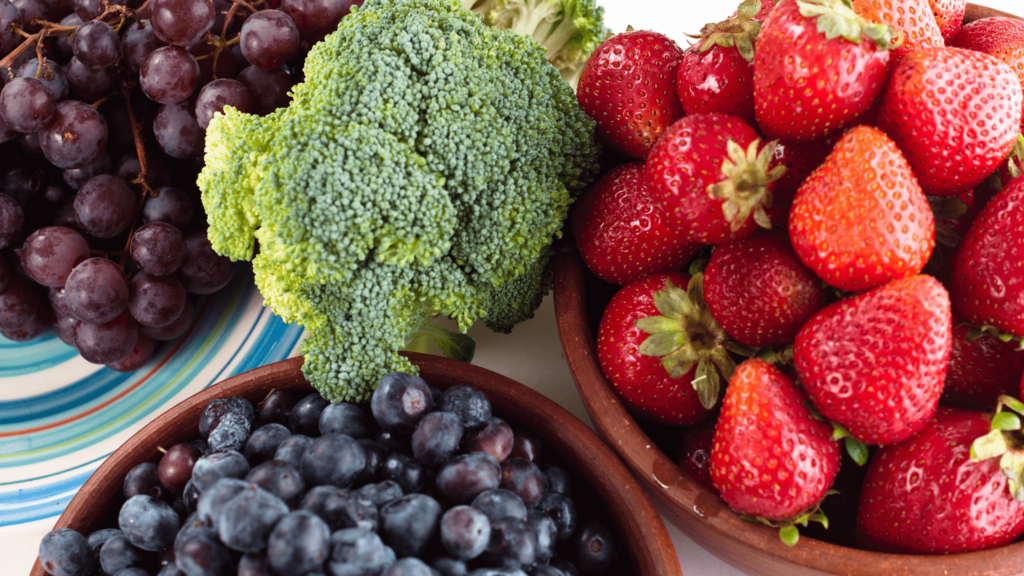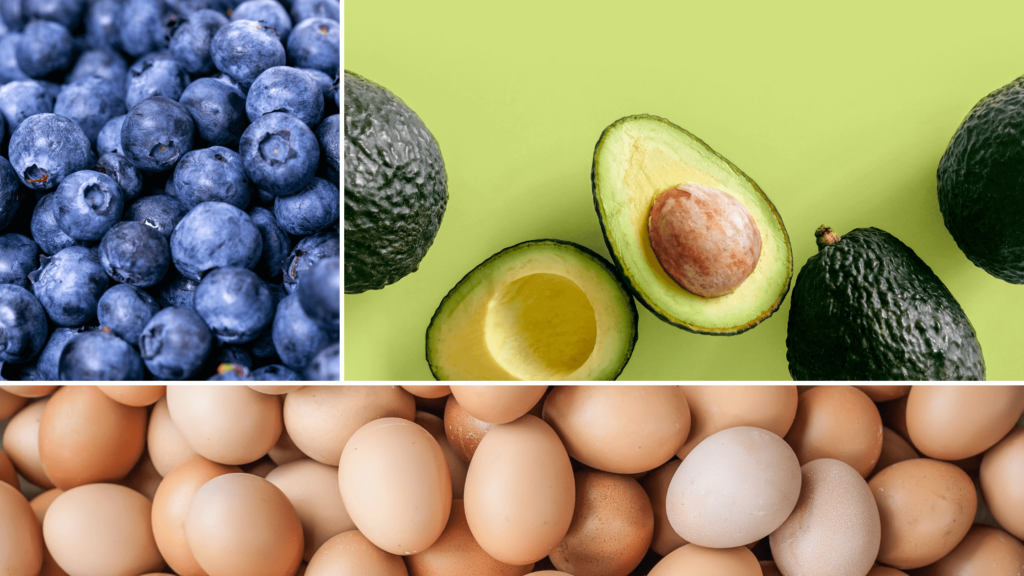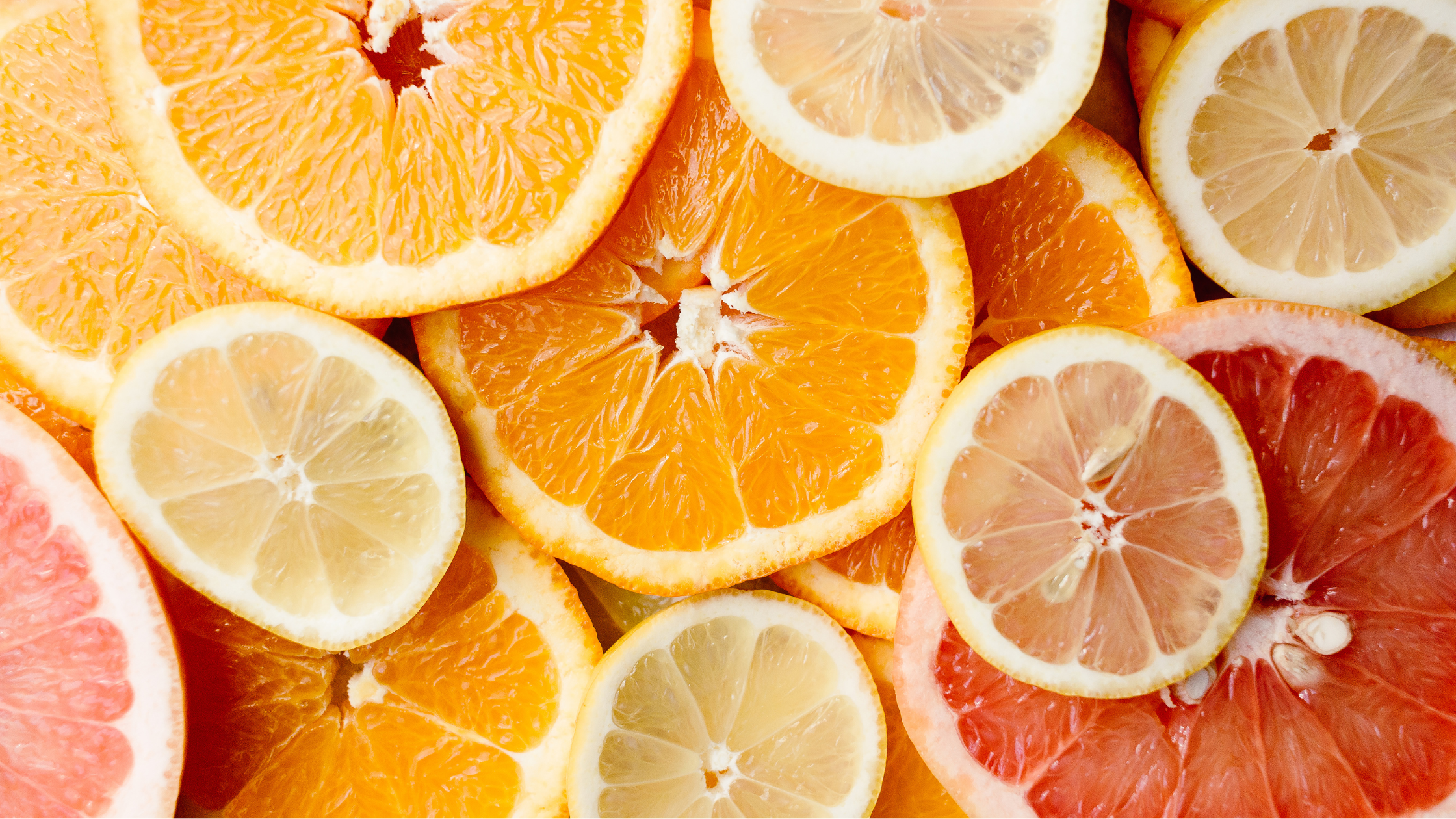Antioxidants are essential for maintaining health and combating oxidative stress, especially for individuals with demanding lifestyles. These compounds protect cells from damage caused by free radicals, reducing the risk of chronic illnesses and promoting overall well-being. Some key antioxidants, like vitamin C and glutathione, can be found in foods like citrus fruits, leafy greens, and nuts and offer immense benefits for inflammatory levels, brain health, and chronic disease risk.
Quick look
- Antioxidants neutralize harmful free radicals, preventing cell damage.
- Environmental factors like pollution and lifestyle choices such as smoking produce free radicals.
- Oxidative stress, caused by an imbalance between free radicals and antioxidants, contributes to aging and disease.
- Increasing antioxidant intake helps reduce inflammation, improve brain health, and lower cancer risks.
- Foods like berries, dark chocolate, and green tea are rich in antioxidants and easy to add to any diet.
What are antioxidants?

Antioxidants are molecules that protect your cells from damage caused by free radicals—unstable molecules that can harm cells when they accumulate. These protective compounds include vitamins like C and E, minerals such as selenium, and plant-based polyphenols. They are critical in keeping your body’s systems running smoothly, especially by supporting immune health and preventing premature aging. Unlike some nutrients, antioxidants work specifically to maintain cellular health and stability. Without adequate levels, your body becomes more vulnerable to chronic conditions.
How do they work?
Antioxidants neutralize free radicals by donating an electron, stabilizing the molecule, and preventing cellular damage. This process helps reduce oxidative stress, which contributes to aging and diseases like cancer and heart disease. Antioxidants can be consumed through diet or produced naturally by the body, although dietary sources are often necessary to meet your body’s needs. These compounds also work synergistically, meaning having a variety of antioxidants in your diet enhances their effectiveness. Maintaining a balance between free radicals and antioxidants is key to sustaining long-term health.
Where do free radicals come from?
Free radicals are byproducts of normal metabolic processes, but external factors can significantly increase their production. Environmental pollutants, smoking, and exposure to UV rays are some of the most common contributors. Additionally, poor diet, alcohol consumption, and chronic stress exacerbate free radical production, overwhelming the body’s natural defenses. This imbalance can lead to oxidative stress, which damages DNA, proteins, and cell membranes. Understanding the sources of free radicals highlights the importance of boosting antioxidant intake to counteract their effects.
The details on oxidative stress
What is it?
Oxidative stress occurs when the production of free radicals outpaces the body’s ability to neutralize them with antioxidants. This imbalance leads to cell and tissue damage, contributing to aging and the development of chronic illnesses. Oxidative stress is not a disease but a condition that accelerates degeneration and compromises the body’s ability to repair itself. Addressing this imbalance is essential for reducing long-term health risks.
Why is it bad?
Oxidative stress is linked to numerous health problems, including cardiovascular disease, neurodegenerative disorders, and certain cancers. It weakens the immune system and increases inflammation, making the body more susceptible to illness. Prolonged oxidative stress also damages DNA, which can lead to mutations and chronic conditions. Managing oxidative stress is critical to preserving overall health and minimizing age-related health decline.
What causes oxidative stress?
Various factors contribute to oxidative stress, including exposure to environmental toxins, processed foods, and smoking. Physical overexertion and chronic stress also increase the body’s oxidative load. Certain medications and infections can further disrupt the balance between free radicals and antioxidants. While some causes are unavoidable, adopting a healthier lifestyle and increasing antioxidant intake can mitigate oxidative stress and its effects.
How antioxidants help
Cancer prevention
Antioxidants significantly reduce cancer risk by neutralizing free radicals that can damage DNA and promote tumor growth. Certain antioxidants, like selenium and lycopene, are known for their protective effects against specific types of cancer, including prostate and lung cancer. While they’re not a cure, antioxidants reduce the likelihood of genetic mutations that could lead to cancer development. Consuming a variety of antioxidant-rich foods can bolster the body’s natural defenses.
Reducing inflammation
Inflammation is a natural response to injury, but chronic inflammation can lead to serious health problems, including arthritis and heart disease. Antioxidants like vitamin E and polyphenols found in green tea help combat inflammation by reducing oxidative stress in tissues. This reduces pain, swelling, and long-term damage, improving the quality of life for individuals with inflammatory conditions.
Eye health
Antioxidants like lutein and zeaxanthin are vital for maintaining healthy vision and preventing age-related eye conditions like macular degeneration. These compounds protect the retina from damage caused by UV light and oxidative stress. Consuming leafy greens and colorful vegetables can supply your body with these essential nutrients.
Brain health
Antioxidants contribute to better brain function by reducing oxidative stress in neural tissues, which can help prevent cognitive decline. Compounds like flavonoids in dark chocolate and berries improve blood flow to the brain, enhancing memory and focus. Including antioxidant-rich foods in your diet may reduce the risk of neurodegenerative diseases like Alzheimer’s.
Heart health
Cardiovascular diseases are often linked to oxidative stress and inflammation in blood vessels. Antioxidants like resveratrol in red wine and vitamin C in citrus fruits help maintain heart health by reducing oxidative damage and improving cholesterol levels. Additionally, they support healthy blood pressure levels and promote better circulation, reducing the risk of heart attacks and strokes.
Skin protection
Antioxidants also improve skin health by combating damage from UV rays and environmental pollutants. Vitamin C and beta-carotene, for example, protect the skin from premature aging, wrinkles, and sun damage. These compounds also boost collagen production, enhancing skin elasticity and promoting a more youthful appearance.
Glutathione: The ‘master’ antioxidant
What is glutathione and why is it essential?
Glutathione (GSH) is often called the “master antioxidant” due to its critical role in neutralizing free radicals and supporting detoxification. Unlike other antioxidants, which are primarily obtained through diet, glutathione is naturally produced by the body in the liver. It works at a cellular level to repair damage caused by oxidative stress, regenerate other antioxidants like vitamins C and E, and maintain immune function. Low glutathione levels are linked to aging, chronic illness, and reduced resilience to environmental toxins, highlighting its significance for overall health.
Benefits of glutathione and where to find it
Glutathione plays a key role in detoxifying harmful substances in the body, particularly in the liver, where it binds to toxins and helps eliminate them. It also strengthens the immune system by supporting white blood cell production and function. Additionally, glutathione has been shown to improve skin elasticity and brightness, making it a popular nutrient in skincare.
To boost glutathione levels, eat sulfur-rich foods like garlic, onions, and cruciferous vegetables. Avocados, spinach, and whey protein are also excellent sources of supporting the body’s natural glutathione production.
8 powerful antioxidants to have on your radar

1. Resveratrol
Resveratrol is a polyphenol found in the skin of red grapes, blueberries, and peanuts. It is best known for its heart-protective properties, as it helps reduce inflammation and lower cholesterol levels. Resveratrol has also been linked to improved brain health and longevity, making it a popular supplement for those looking to age healthily. Its antioxidant effects also help protect cells from damage caused by environmental toxins, supporting overall well-being.
2. Lycopene
Lycopene is a carotenoid responsible for the red color in tomatoes, watermelon, and pink grapefruit. This antioxidant is particularly effective at reducing the risk of prostate cancer and improving heart health. Lycopene also protects the skin from UV damage, reducing signs of aging caused by sun exposure. Including cooked tomatoes in your meals, such as soups or sauces, enhances lycopene absorption.
3. Vitamin A
Vitamin A is a fat-soluble antioxidant essential for maintaining healthy vision, skin, and immune function. It is commonly found in foods like sweet potatoes, carrots, and liver. This antioxidant protects against cellular damage while supporting tissue repair and development. Vitamin A also enhances your body’s ability to fight infections by boosting white blood cell production.
4. Lutein and zeaxanthin
These antioxidants are found together in foods like spinach, kale, and egg yolks, where they play a vital role in maintaining eye health. They protect against macular degeneration, cataracts, and other age-related eye conditions by filtering harmful blue light. Studies suggest increasing lutein and zeaxanthin intake improves visual performance, particularly in low-light conditions.
5. Vitamin C
Vitamin C is a water-soluble antioxidant in citrus fruits, strawberries, and bell peppers. It is essential for collagen production, which supports skin, joints, and blood vessels. Vitamin C also strengthens the immune system and protects against oxidative damage caused by pollution and UV rays. Additionally, it enhances iron absorption from plant-based foods, preventing deficiencies and boosting energy levels.
6. Vitamin E
This fat-soluble antioxidant is found in nuts, seeds, and vegetable oils. It protects cell membranes from oxidative damage and supports skin health by reducing inflammation. Vitamin E is also known for improving cardiovascular health by preventing cholesterol oxidation, and it promotes healthy vision by protecting the eyes from damage caused by free radicals.
7. Beta-carotene
Beta-carotene, a precursor to vitamin A, is found in carrots, pumpkins, and sweet potatoes. It supports eye health, boosts the immune system, and protects skin from UV damage. Including beta-carotene-rich foods in your diet can improve your body’s ability to fight infections and promote glowing skin.
8. Selenium
Selenium is a trace mineral with powerful antioxidant properties, found in foods like Brazil nuts, tuna, and whole grains. It is critical in thyroid function, DNA repair, and immune system regulation. Selenium also works synergistically with other antioxidants, such as vitamin E, to enhance overall protective effects.
Antioxidants in food
| Antioxidants | Where to find them |
| Beta-carotene | Carrots, sweet potatoes, kale |
| Lutein | Spinach, kale, egg yolks |
| Lycopene | Tomatoes, watermelon, guava |
| Vitamin C | Oranges, strawberries, bell peppers |
| Vitamin E | Almonds, sunflower seeds, avocados |
| Resveratrol | Red grapes, blueberries, peanuts |
| Selenium | Brazil nuts, tuna, whole grains |
| Vitamin A | Sweet potatoes, carrots, organ meats (liver) |
Bottom line
Antioxidants are essential for protecting your body from oxidative stress and the damage caused by free radicals. Incorporating a variety of antioxidant-rich foods into your daily diet can improve your immune system, skin health, and overall resistance to chronic diseases. Whether you’re focusing on lutein for eye health, glutathione for detoxification, or resveratrol for heart protection, these nutrients provide incredible benefits for long-term health.
Want to learn more ways to stay healthy in your work environment? Subscribe to our newsletter and follow us on social media for practical insights into wellness and safety in construction, engineering, and architecture.



3 comments